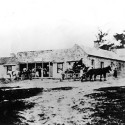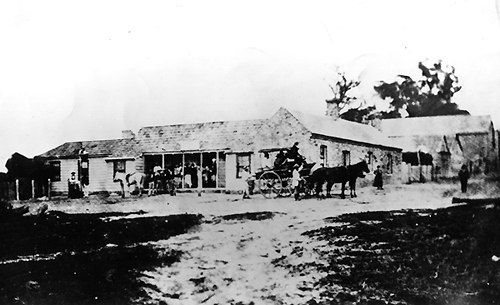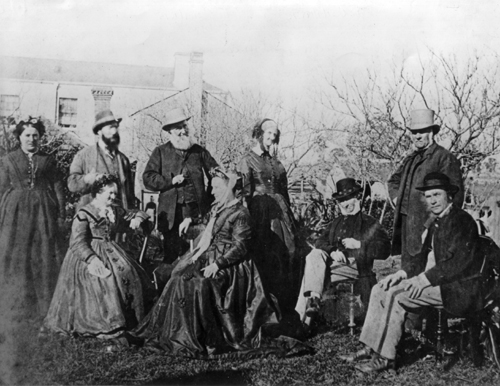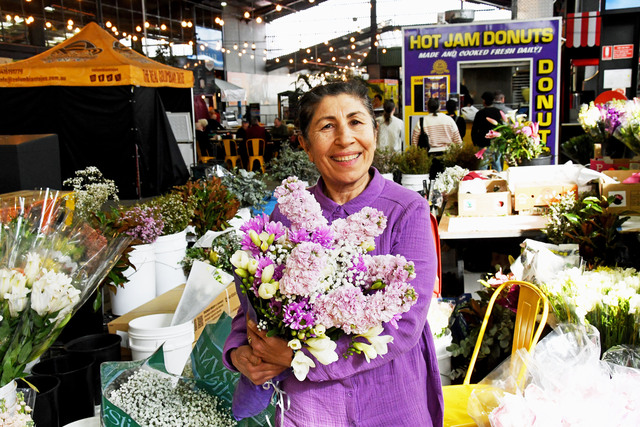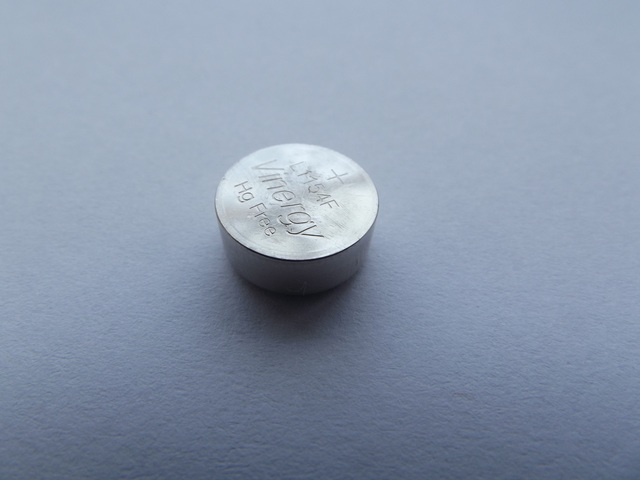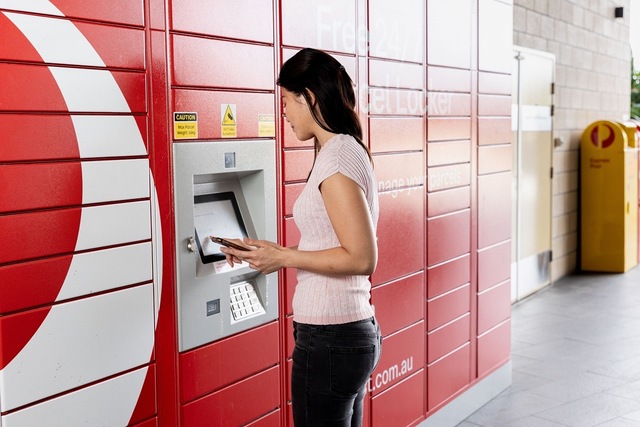What’s In A Name
What’s In A Name delves into the fascinating stories and personalities behind some of the city’s best-known street names. This week the Journal looks at not a street, but a lane – Dunbar Lane named in honour of a early publican George Dunbar.
THE Dunbar family came to Dandenong in 1852.
George and his wife Anne were publicans and owned a succession of hotels in Lonsdale Street, when the main street was little more than a bush track.
According to George Fenton Roulston in his book Reminiscences of Early Dandenong, George Dunbar built his first hotel, the Dandenong, in the late 1840s or ’50s near the corner of Walker Street and Lonsdale Street, near where Dunbar Lane is situated today.
Roulston described it as being “typical of the time, the bar, with a shallow veranda in front of the hotel flanked by living rooms on one side and later by a store and the post office on the other“.
“Bunbar’s Hotel was of palings and shingled roofed – that is the store and hotel part,“ he wrote.
“The end building and stables, which were erected later, were of brick, and, by the way, may fairly claim to have been the first brick structures in the town.“
The hotel played a major role in Dandenong’s early history as the social centre of the village. The first Court of Petty Sessions was held there, the District Roads Board and later the Dandenong Shire Council met there and, when tragedy struck, the bodies were taken there and inquests were conducted on the premises.
Postal records show that it housed the post office in 1853.
At about this time George Dunbar built a new hotel, next to the original building, which butcher James Greaves then occupied.
“On Mr Greaves’s removal to premises in Langhorne Street, Mr Dunbar pulled down the old buildings and built a fine billiard-room and a shop, and converted the end brick position into banking premises for the Provincial and Suburban Bank which, in time, gave way to Dawson’s Royal Hotel,“ wrote Roulston.
George Dunbar was born in Ireland, the third son of Reverend John Dunbar, rector of Ballybay, County Monaghan.
George had been studying medicine in Ireland but illness forced him to abandon his studies. During his convalescence he decided to immigrate to Australia with a cousin.
His medical skills were certainly appreciated by the fledgling Dandenong community and he was often called upon in an emergency.
George Roulston recounts once such story in his book involving a local aboriginal man known as Jimmy, who had a knife thrust into his buttock during a family dispute.
“His yells bought out all the townsfolk, but whilst others looked on, Mr Dunbar drew the edges of the wound together firmly, whilst Mrs Dunbar rushed inside for the surgical box. The blood poured from he wound, which was deep and fairly long.
“Soon poor Jimmy’s yells were reduced to moans, either through weakness or terror. Other helpers held Jimmy whilst Mr Dunbar drew the edges of the wound together, inserted several stitches, and did all that was possible for his patient.
“Mr Dunbar also rendered surgical aid to the late Mrs James Greaves, when that lady injured her hand severely whilst attending to a customer in the shop.“
The Journal recorded Mr Dunbar’s death “after a long illness on Wednesday September 29, 1975“.
“Mr Dunbar besides the builder and occupier of the first house in the main street of Dandenong, took and active part in all movements for the advancement of the town of his creation.
“Mr Dunbar was a member of a very ancient Irish family, and traced back in peerage to 1616.“
Want to know the history behind a street name in Greater Dandenong? Let us know and we’ll find out! Email journal@starnewsgroup.com.au

